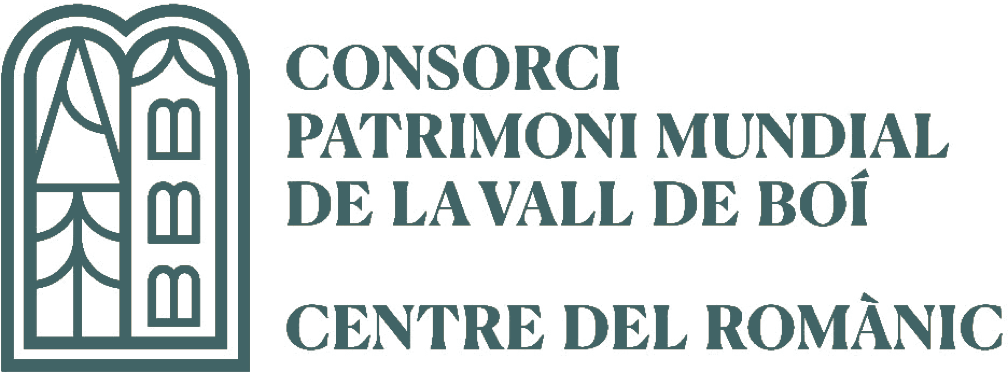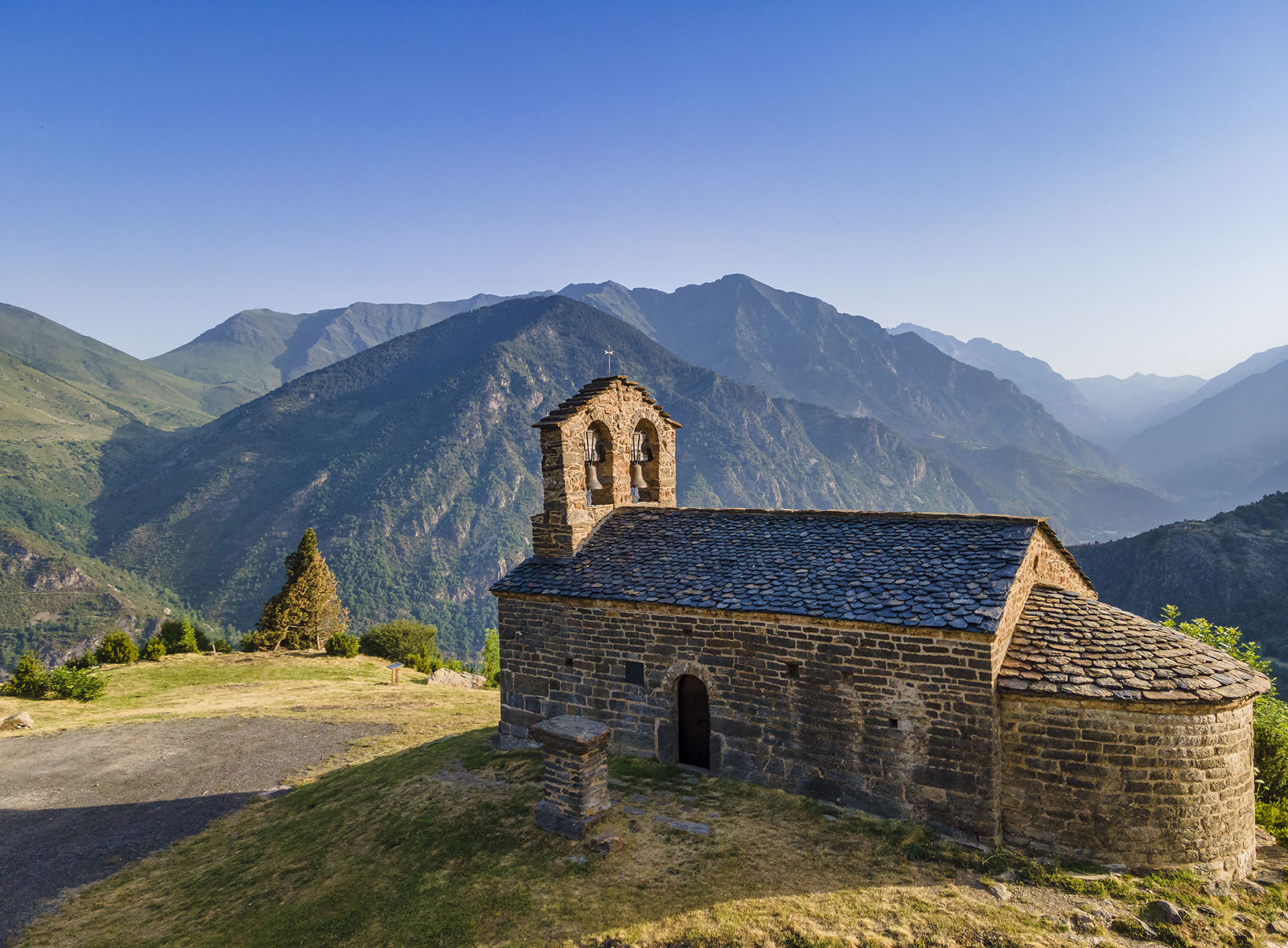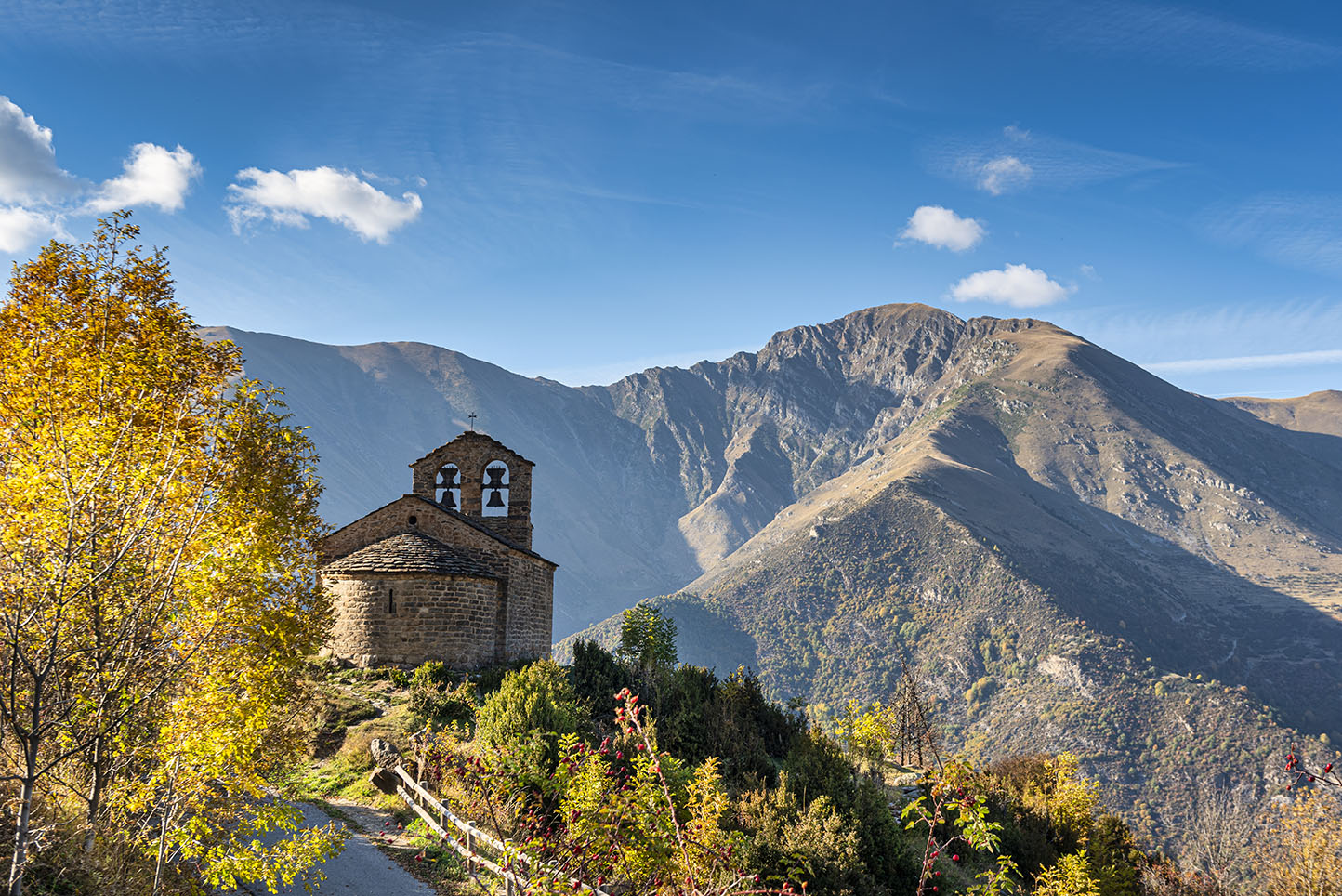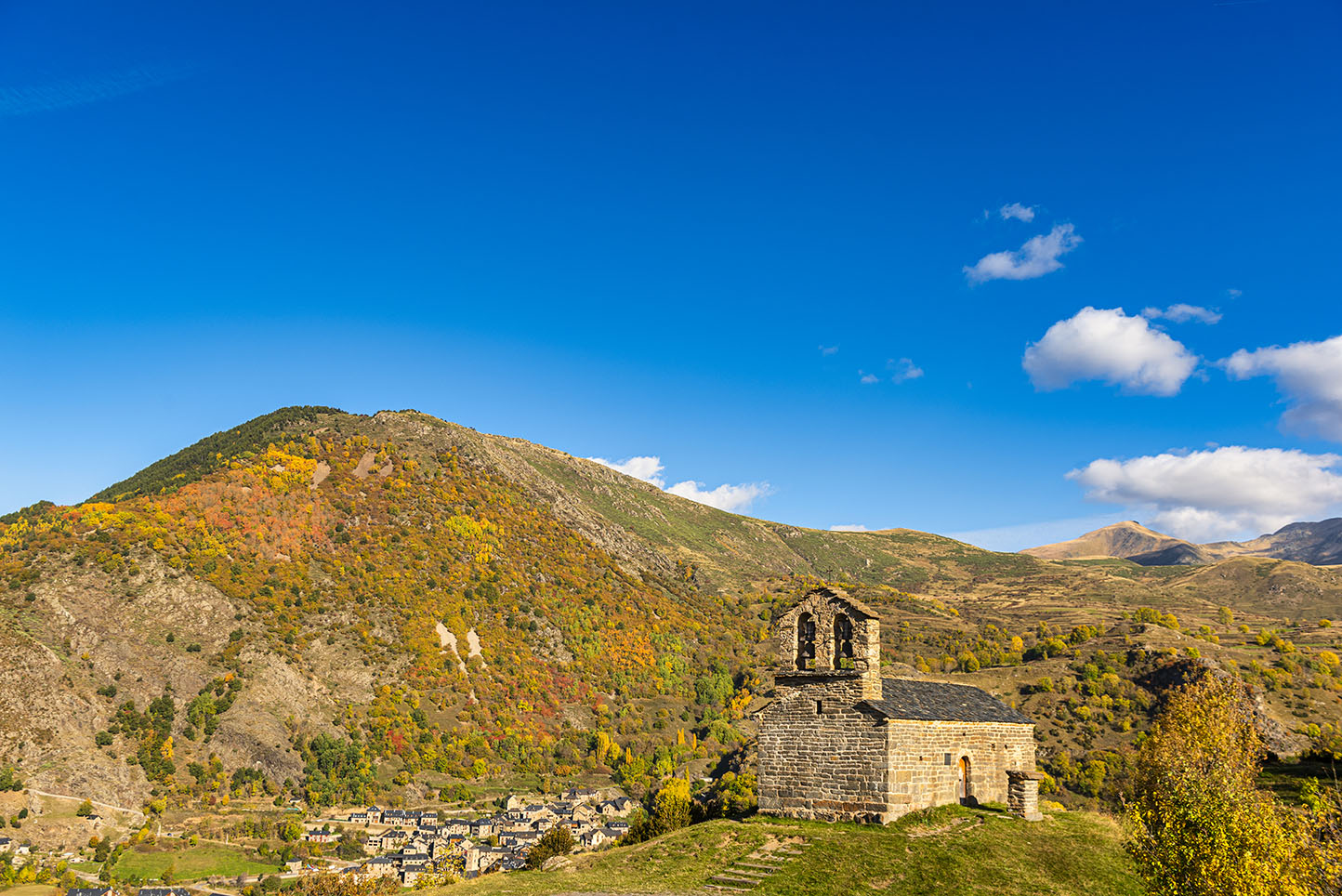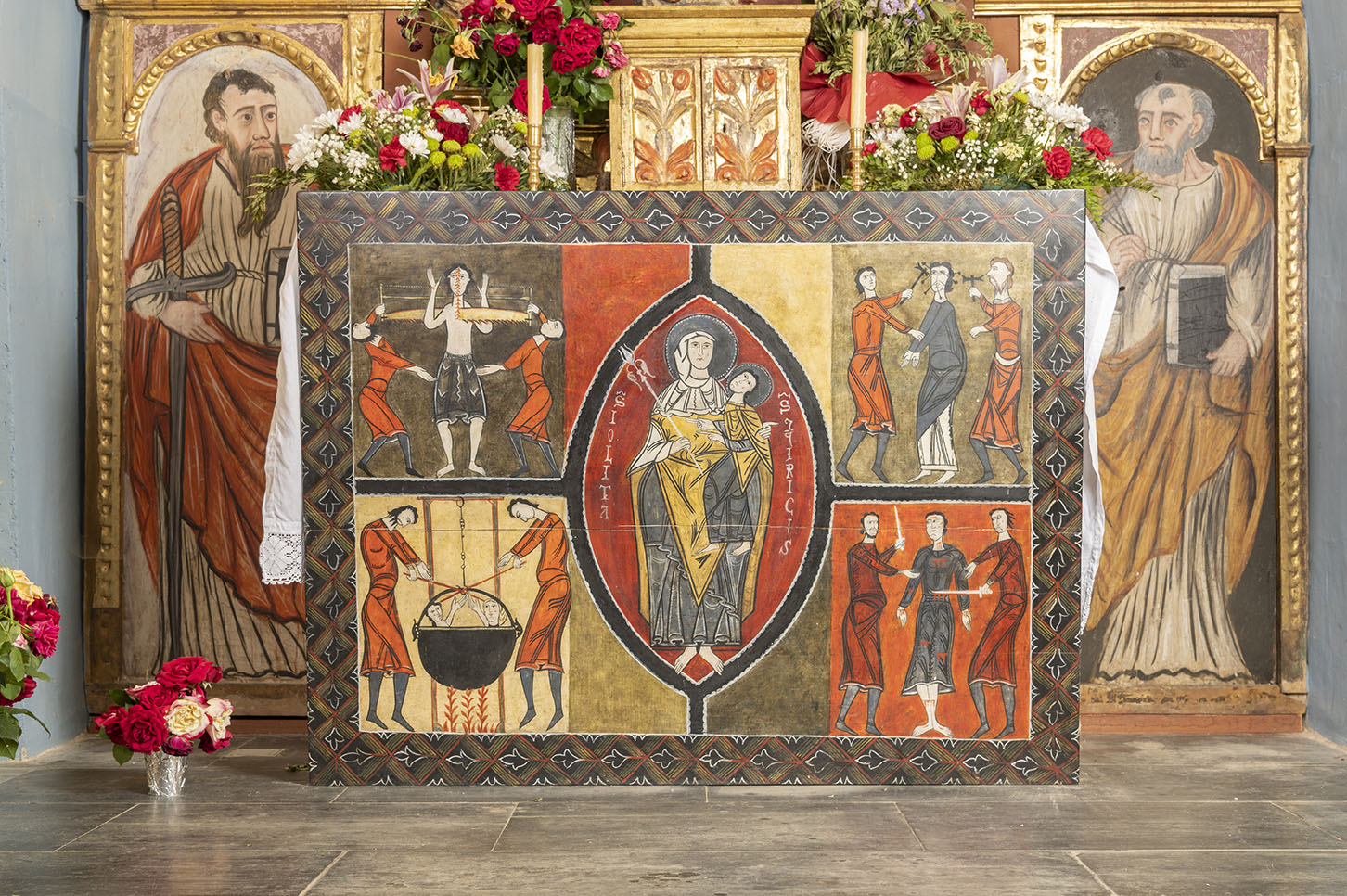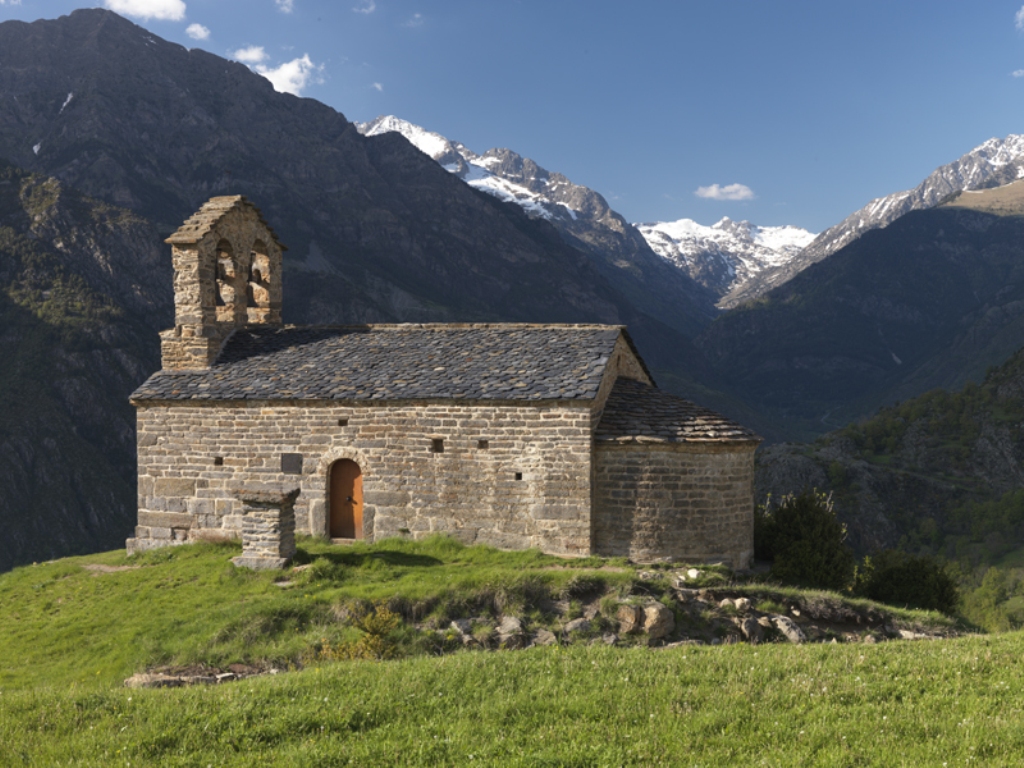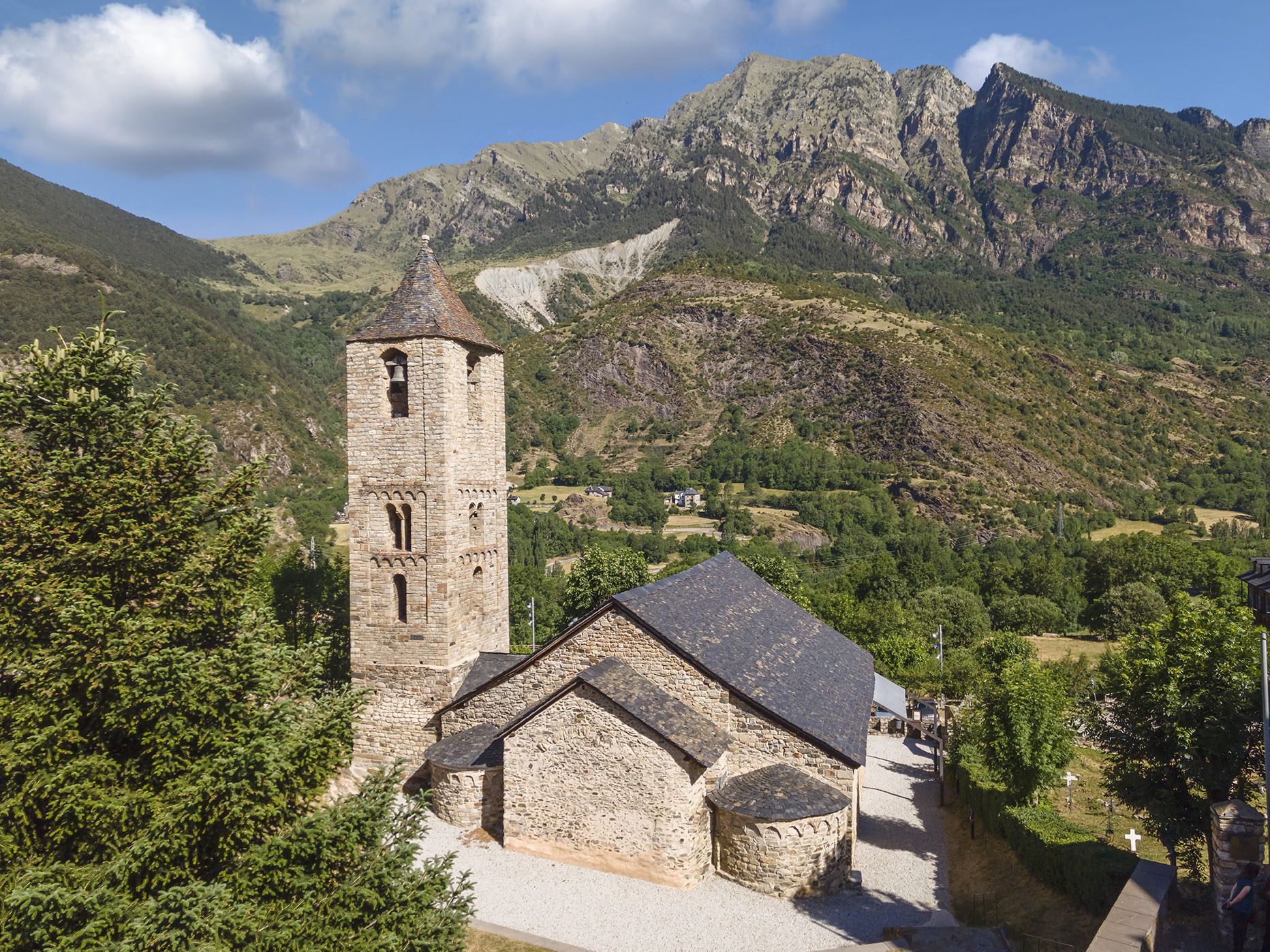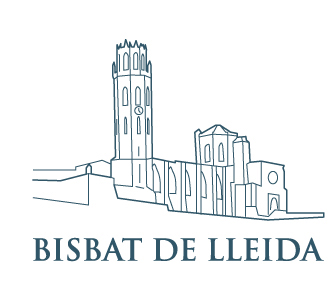The Hermitage of Sant Quirc is located in a privileged setting, on the Durro mountain at an altitude of 1,500 metres. Its location is not random, but rather a territorial landmark linked to the social space worked on by the community and the pagan tradition of running falles.
It’s a small 12th-century building with Baroque inputs.
Inside you can see the harmonious co-existence of different artistic moments, with a copy of the Romanesque altar front, the Gothic-style image of Sant Quirc and Santa Julita and the Baroque altarpiece.
